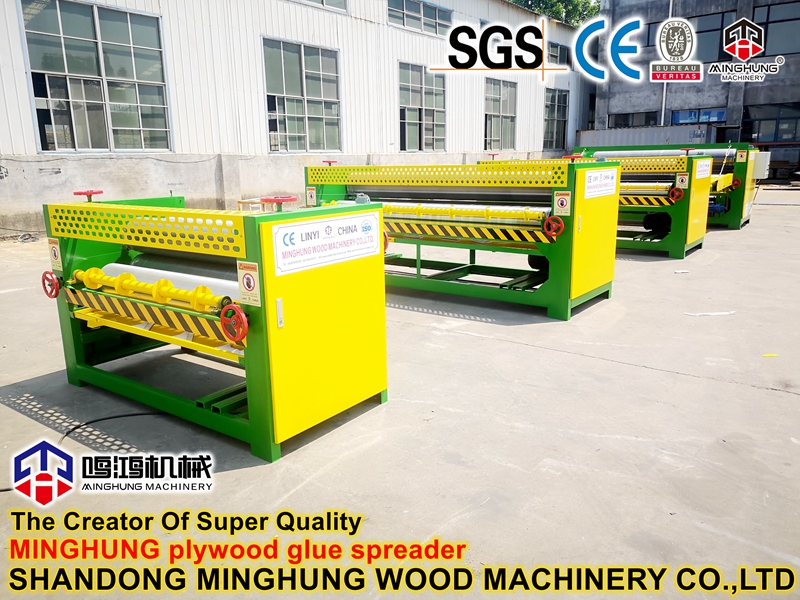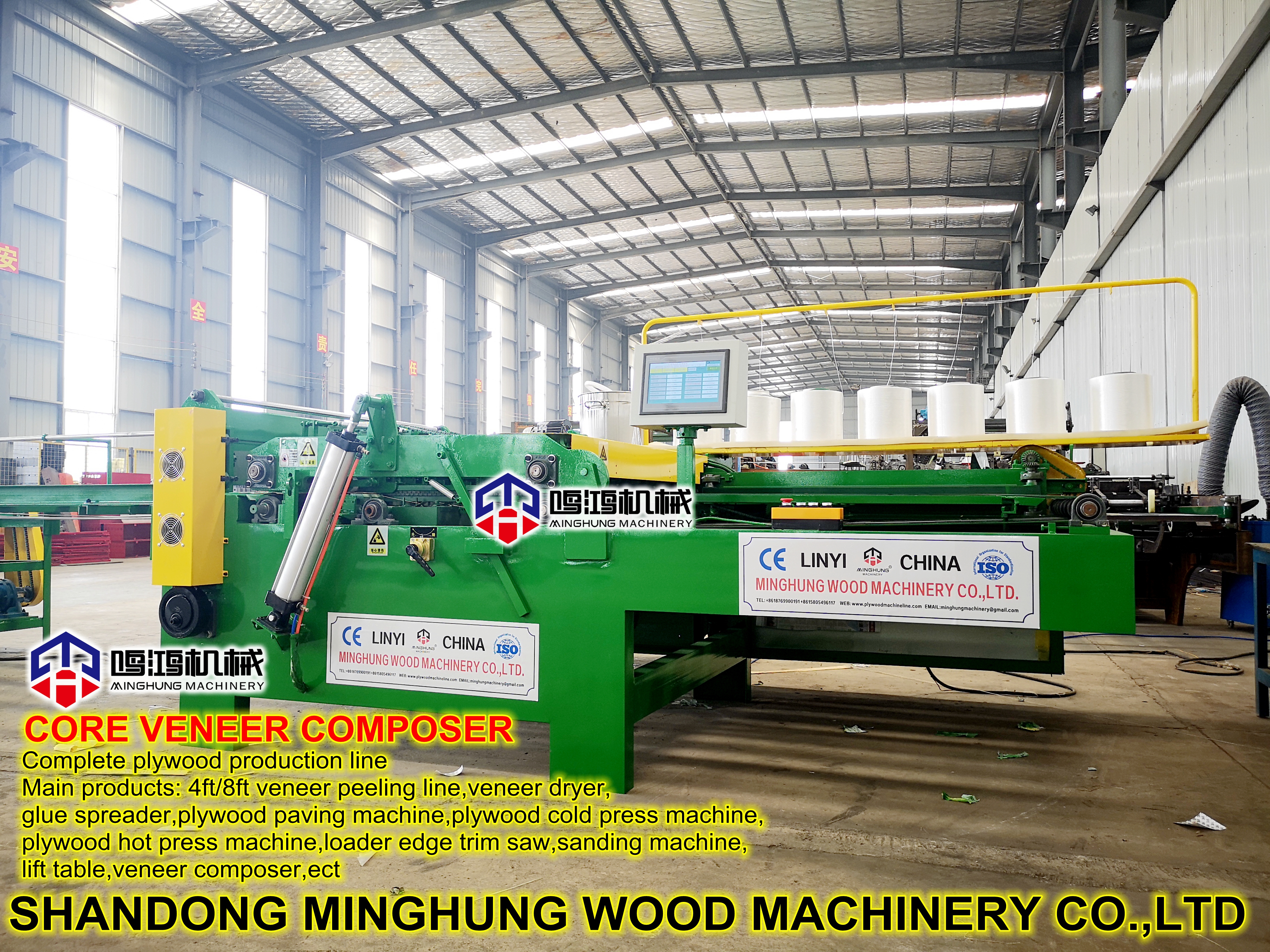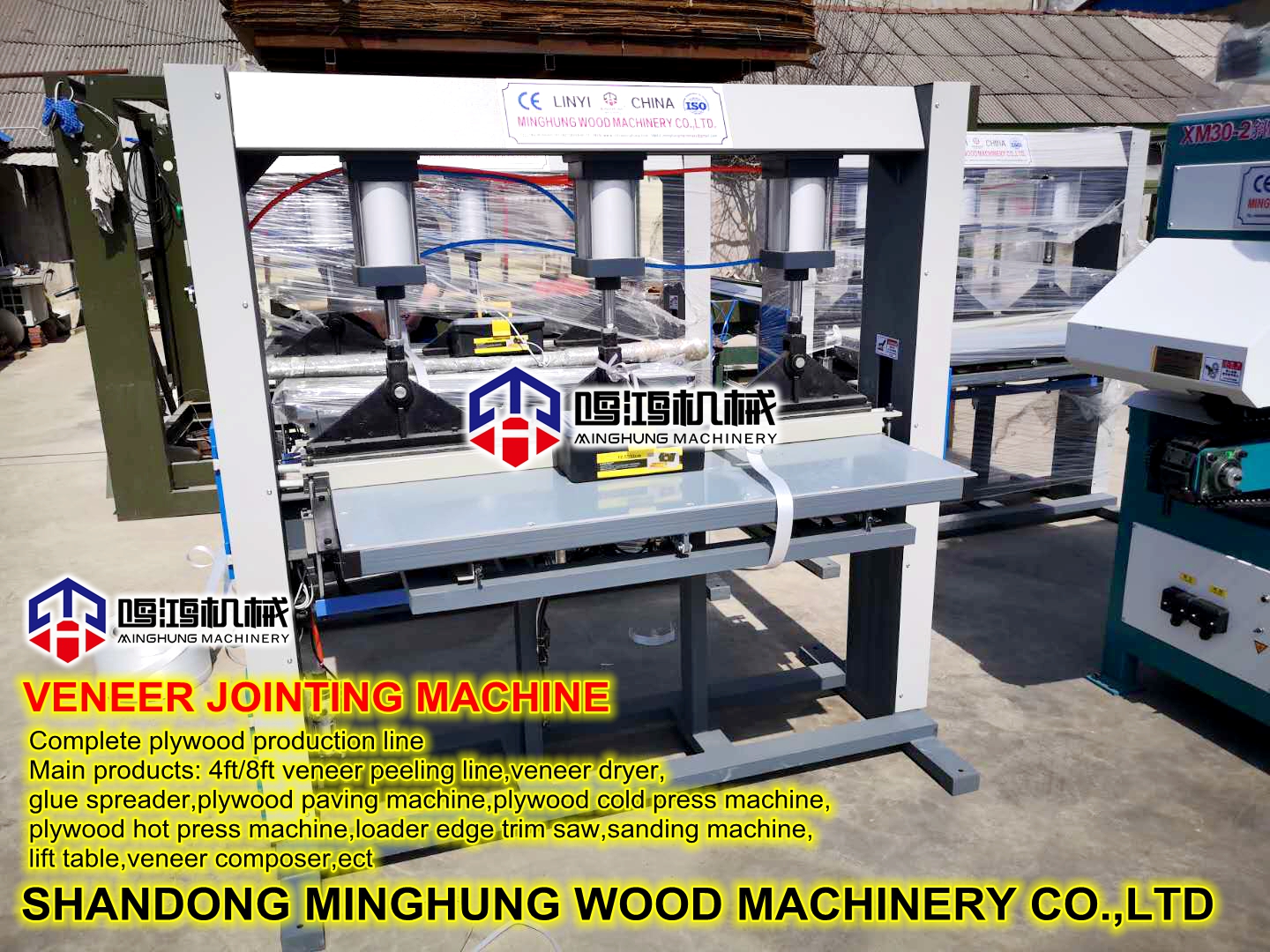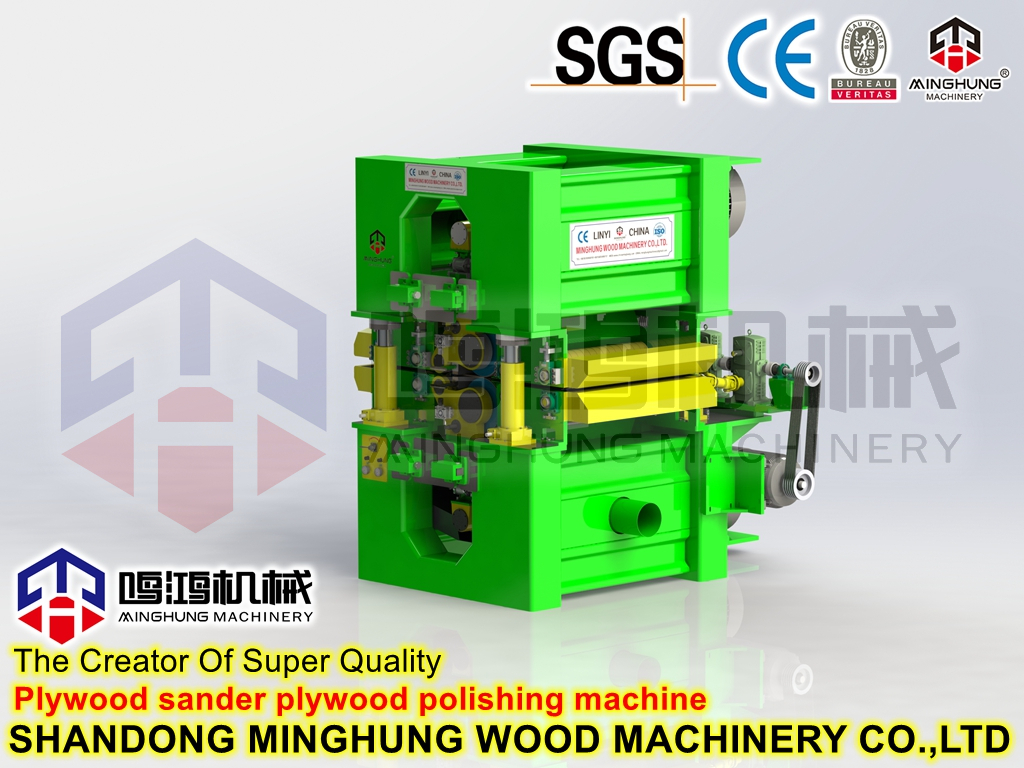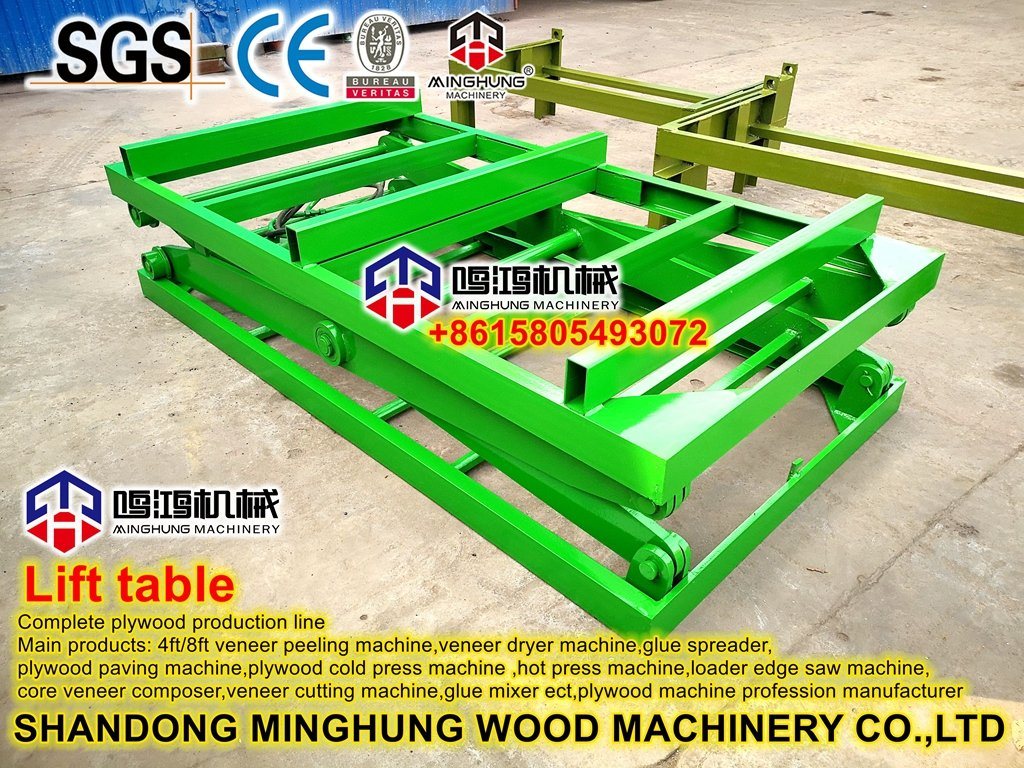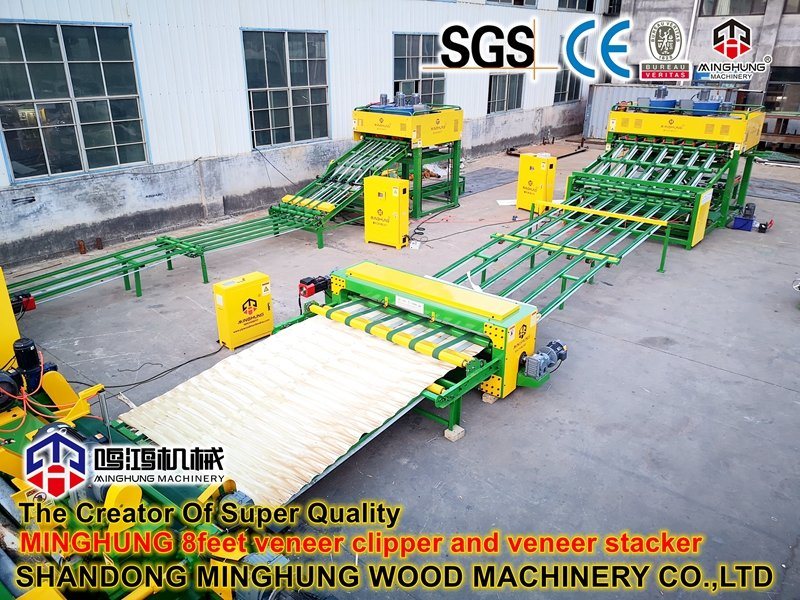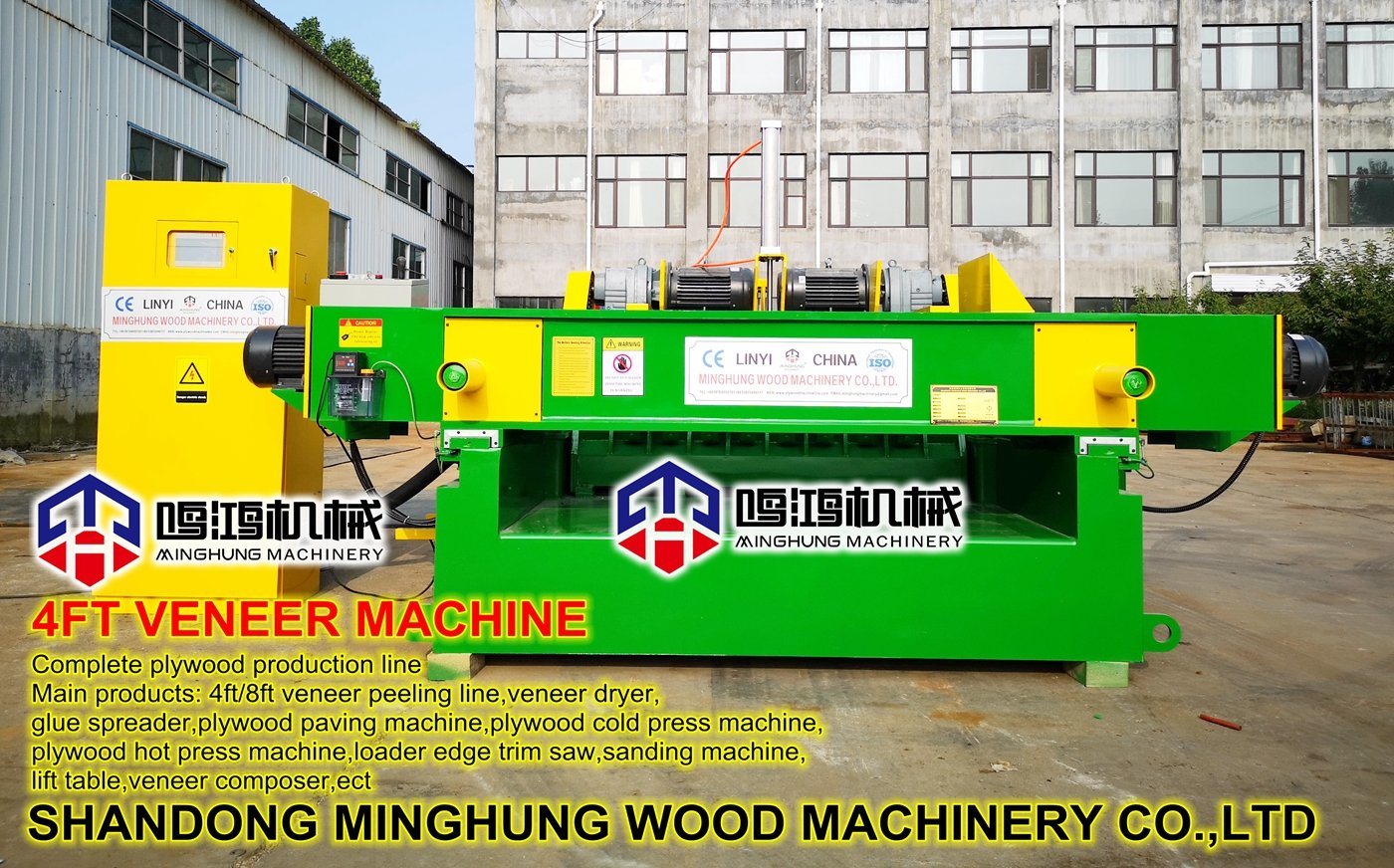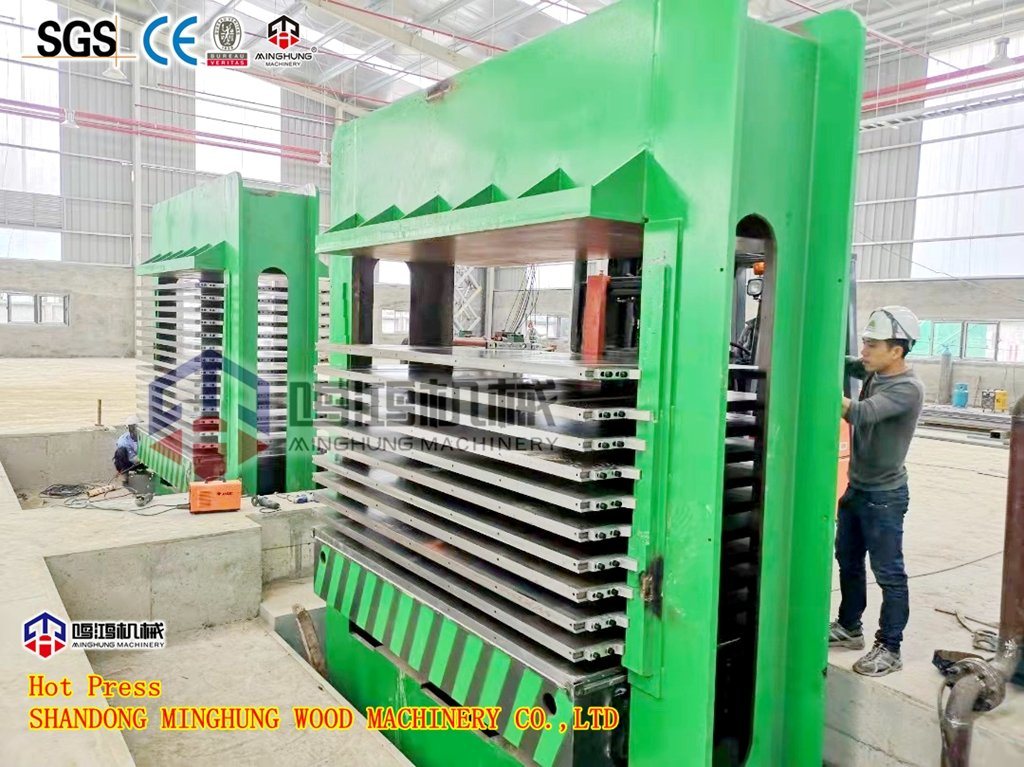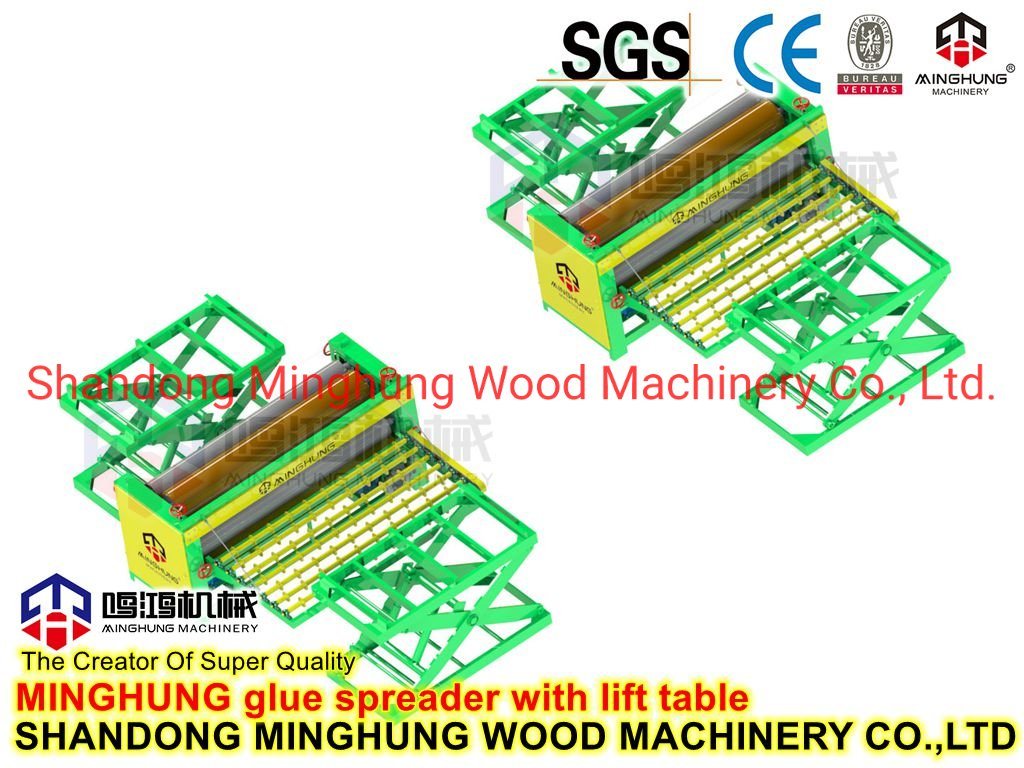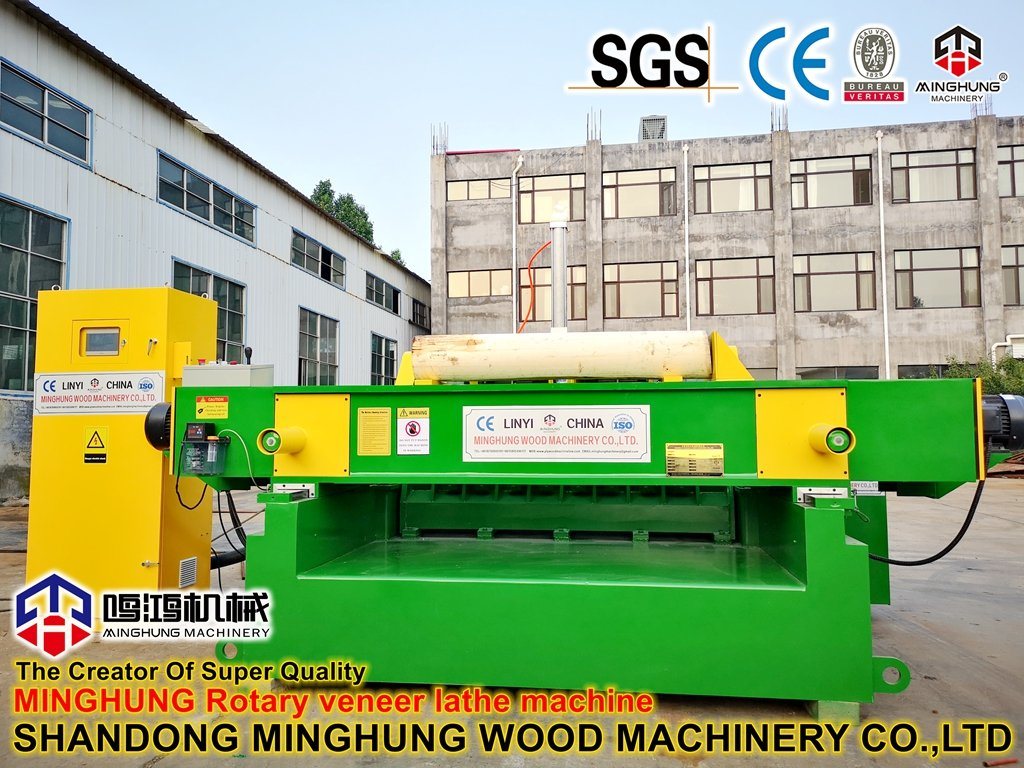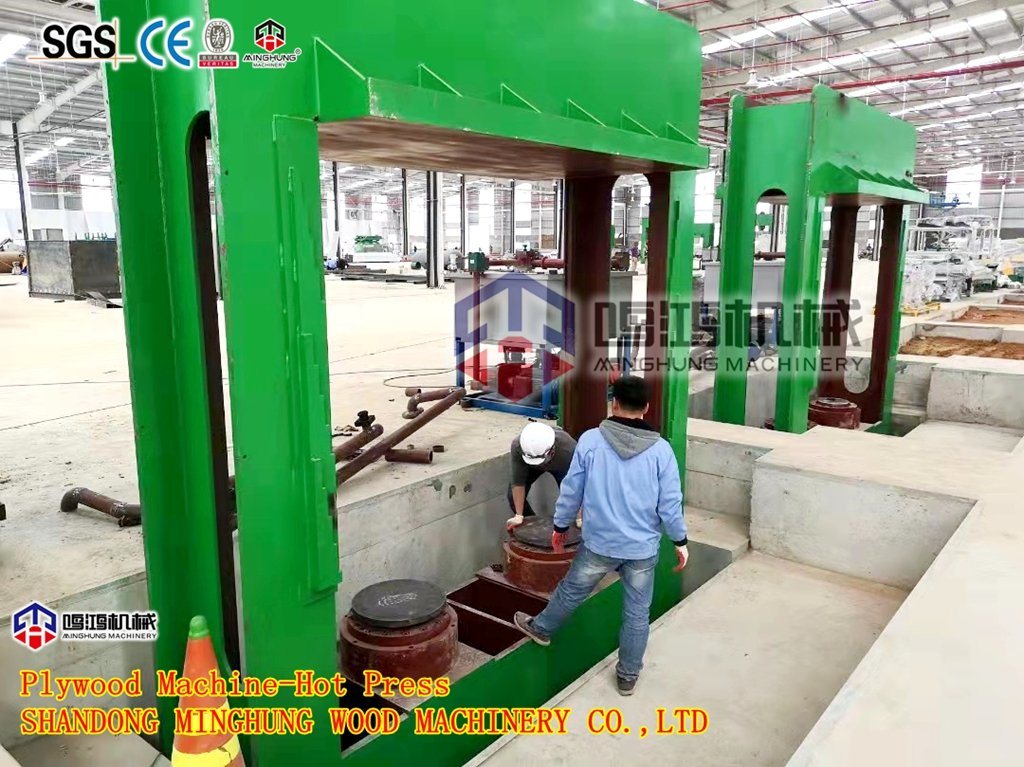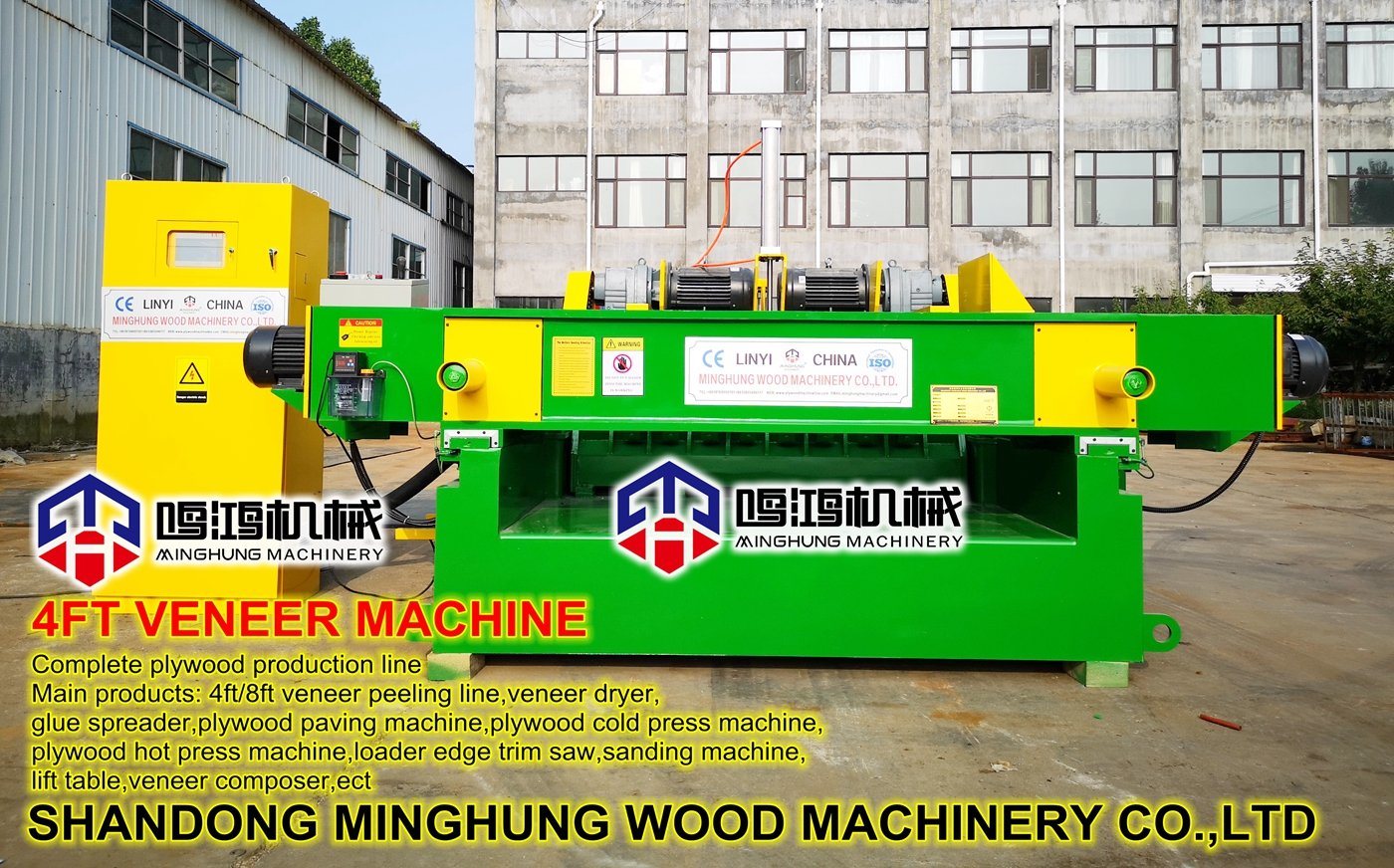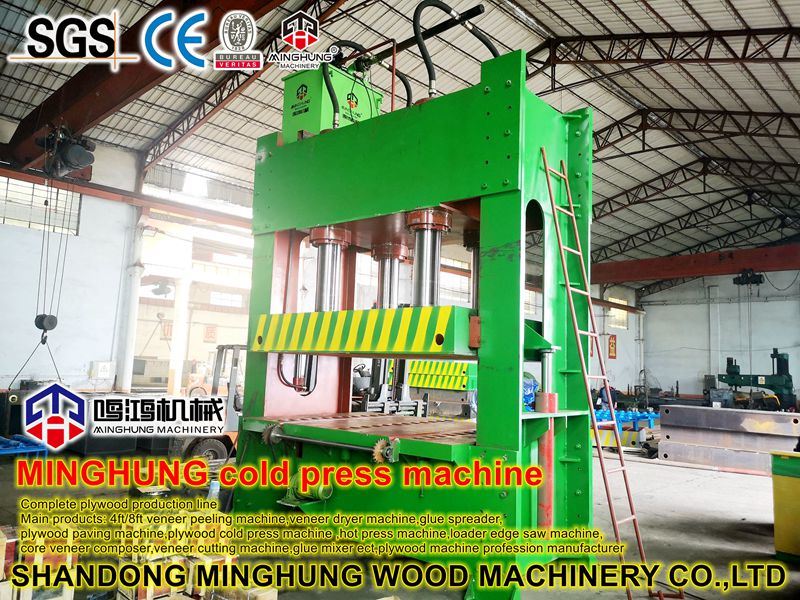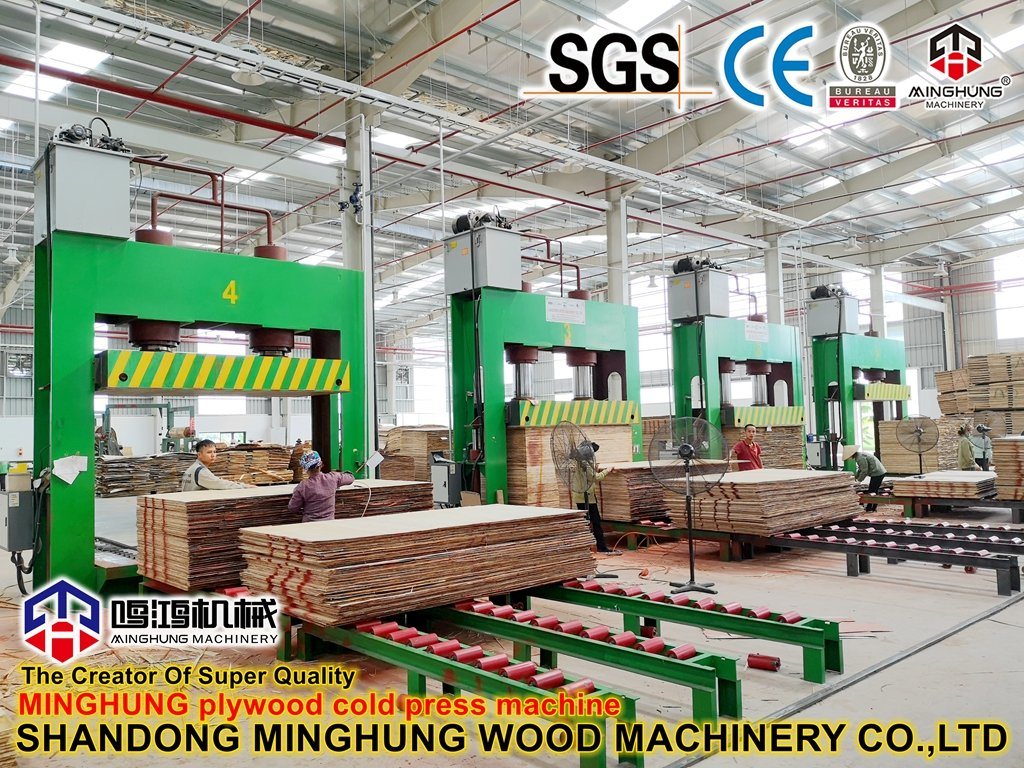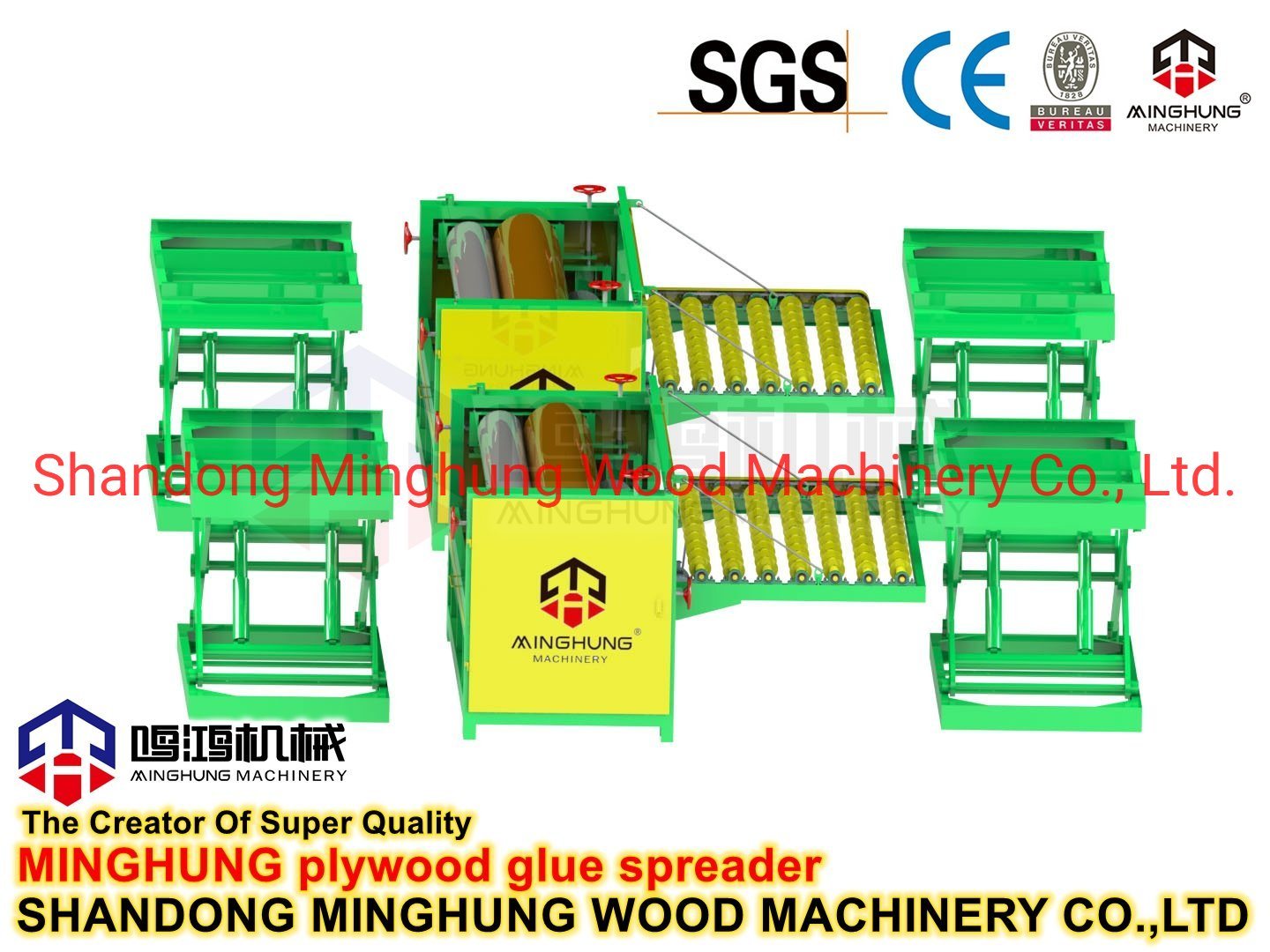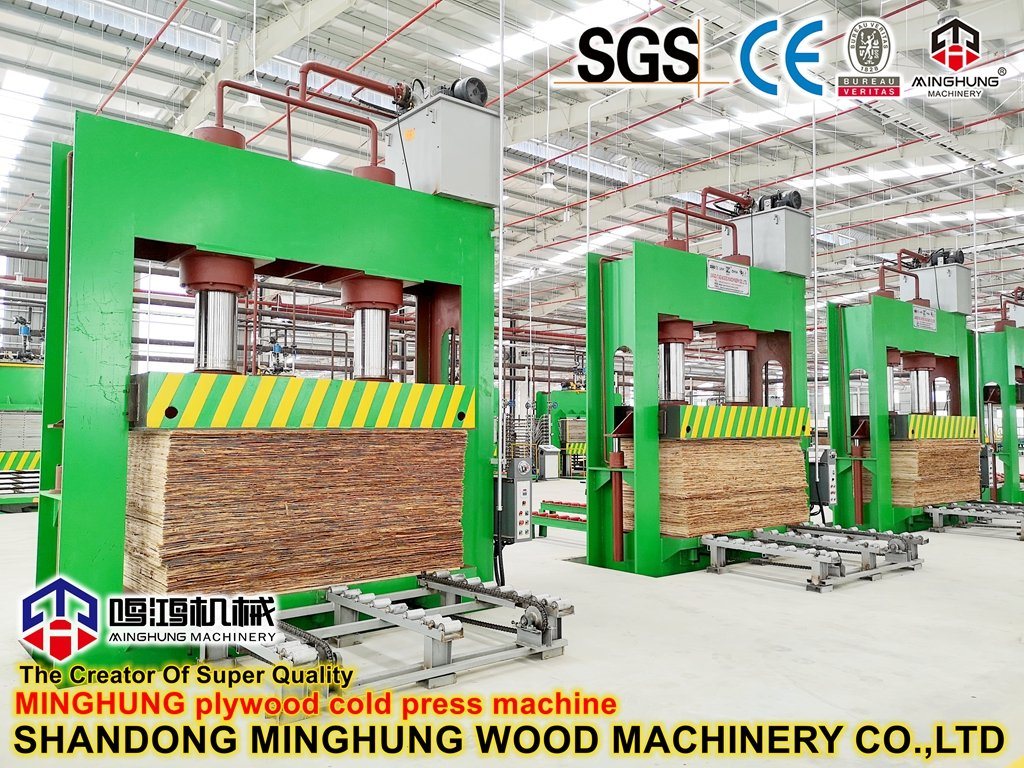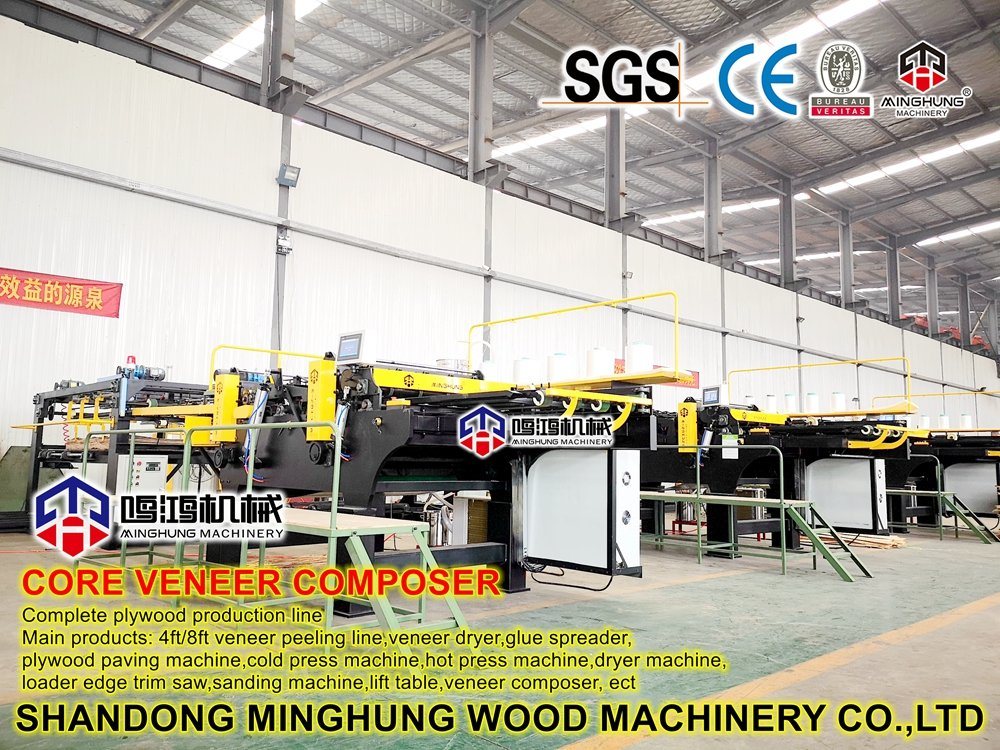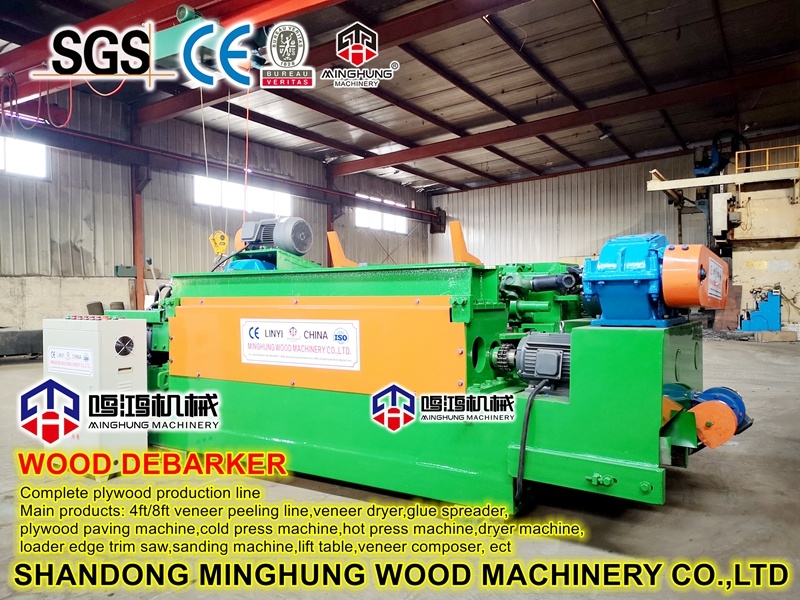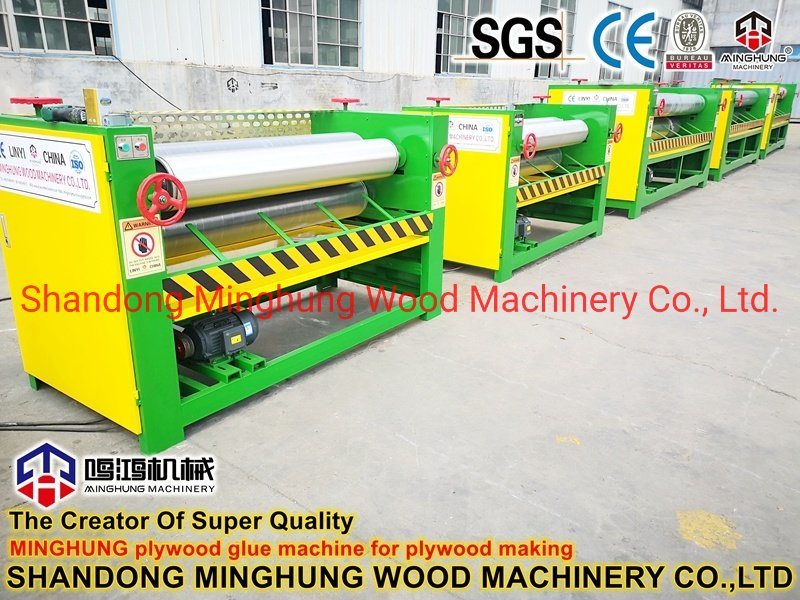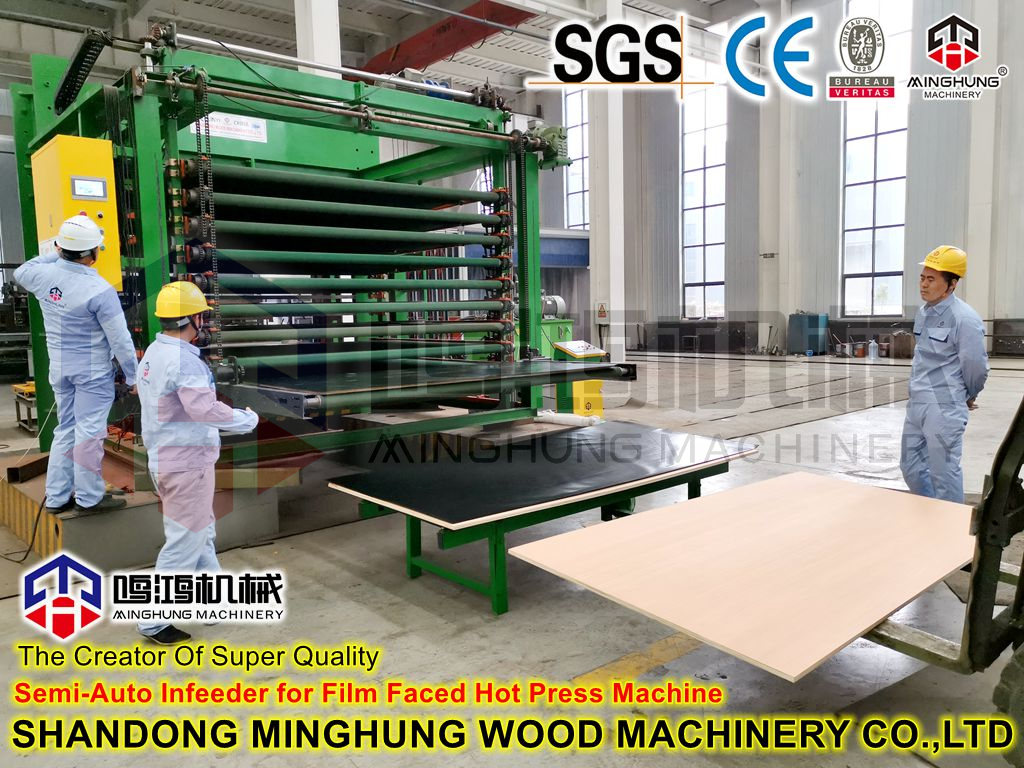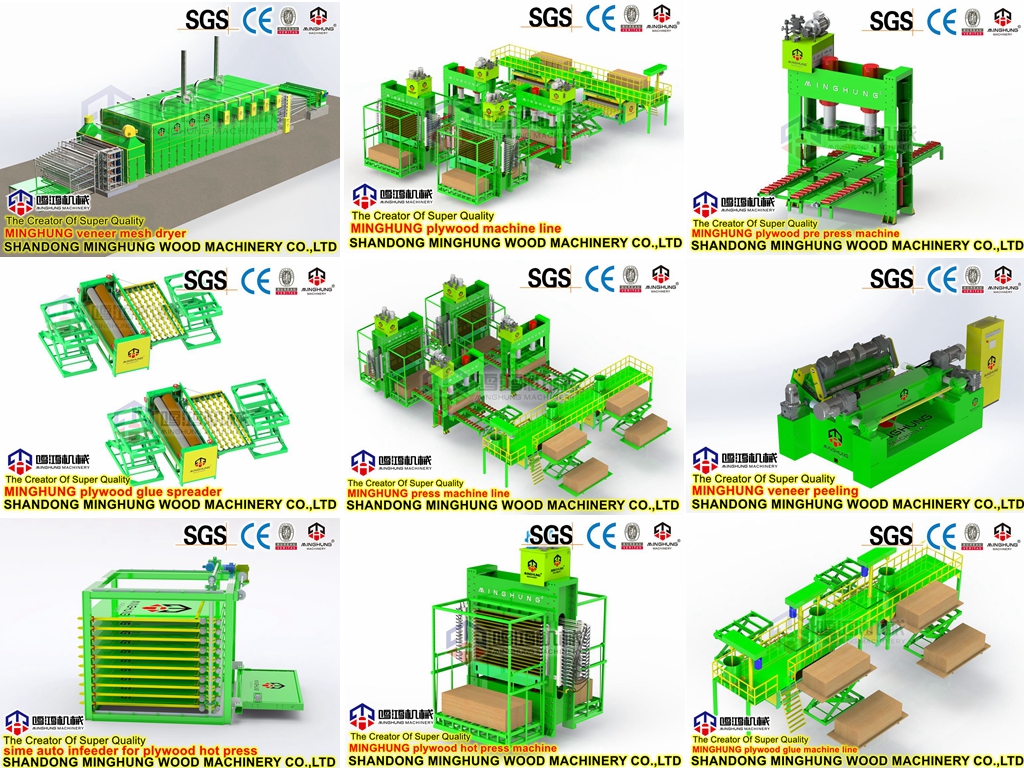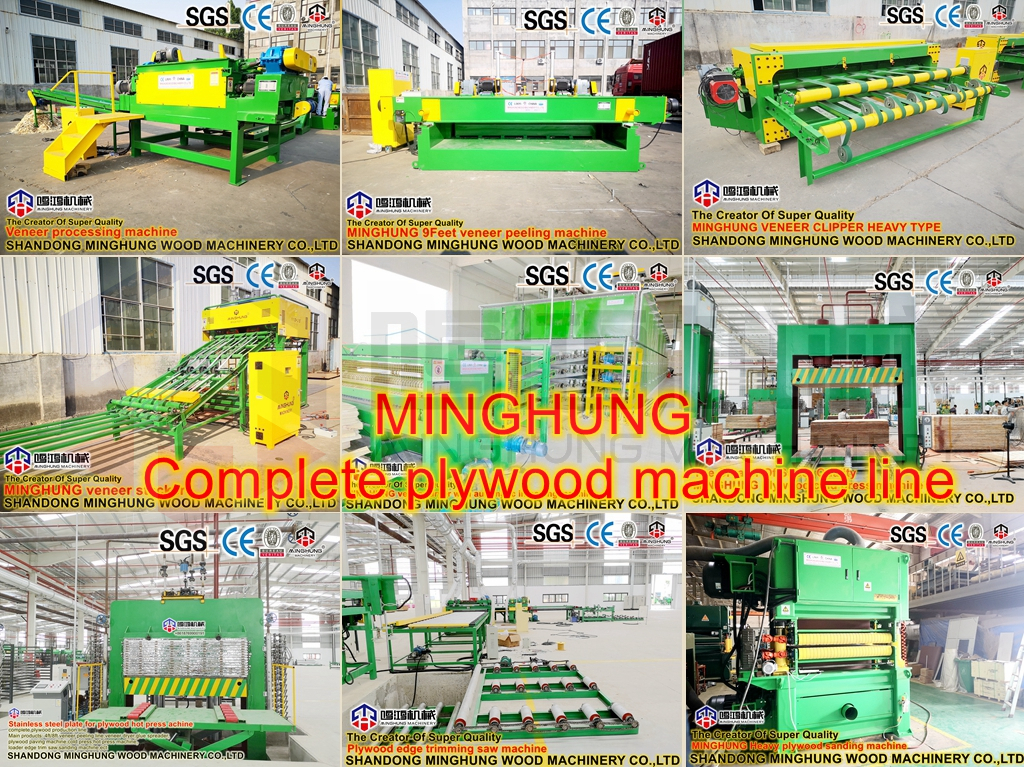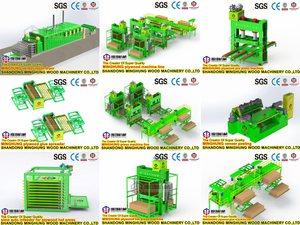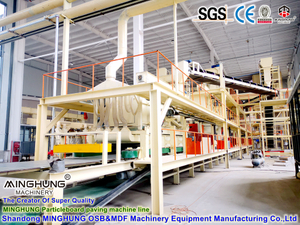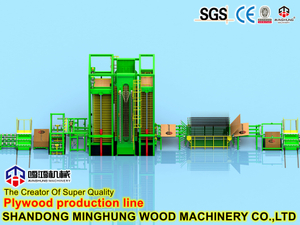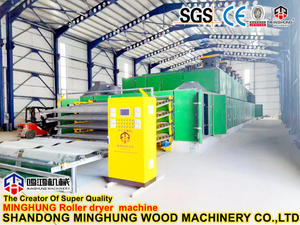Step 1: Feeding
Process: Using a forklift or grabber to load bulk waste construction formwork, pallets, and other raw materials into a large, sturdy feed hopper or onto a conveyor.
Equipment: Apron feeder or belt conveyor.
Key Points:
No pre-sorting required: Materials can be fed directly in a mixed state, tolerating nails, screws, sand, and concrete residues.
Uniform feeding: Ensures a steady, controlled flow of material into the next stage, initiating automated production.
Step 2: Primary Crushing & De-ironing
Process: Material is conveyed into a large, heavy-duty primary crusher. High-speed rotating special alloy hammers inside the machine violently impact and tear the large wood pieces into smaller fragments (typically 50-100mm). Throughout crushing, powerful magnetic separators (often self-cleaning suspended magnets or magnetic drums) continuously operate, automatically extracting and separating ferrous metals like nails and screws, which are collected separately.
Equipment: Heavy-duty formwork crusher, strong magnetic separator.
Key Points:
"Nail-eating" core: The crusher's wear-resistant hammers and special structure are key, allowing direct processing of nail-embedded wood without significant damage.
First purification: Removes the most damaging metallic impurities affecting downstream processes and product quality.
Step 3: Screening & Secondary Crushing/Cleaning
Process: The primarily crushed material passes through a drum screen or vibrating screen. The mesh separates material by size:
Qualified size: Wood chips meeting the size requirement proceed directly.
Oversized material: Large pieces not sufficiently broken down are automatically screened out and conveyed back to a secondary fine crusher for further reduction until qualified.
Impurity removal: Fine sand, stones, crushed concrete, and other heavy debris are effectively separated through the screen meshes.
Cleaning (Optional but recommended): Screened chips may enter a cleaner (air classifier or washer) to further remove adhered dust and light contaminants, yielding very clean material.
Equipment: Drum screen, vibrating screen, secondary crusher, air classifier or washing equipment.
Key Points:
Ensures uniform particle size: Provides consistent raw material for subsequent drying, gluing, and forming, which is essential for stable finished board quality.
Deep purification: Thoroughly removes non-metallic impurities, significantly enhancing the quality of the recycled plywood.
Step 4: Drying
Process: Cleaned wood chips are transported via airflow or conveyor into a drying drum (dryer). Inside the rotating drum, chips are fully exposed to high-temperature hot air (from thermal oil heaters, steam boilers, or gas hot air generators), rapidly reducing their moisture content from a high level (e.g., 20%-30%) to a precise level suitable for pressing (typically 8%-12%).
Equipment: Rotary dryer, hot air generator, cyclone separator, dust removal system.
Key Points:
Critical quality control point: Moisture content is a core parameter. Too high causes blistering and delamination during pressing; too low causes excessive glue absorption and brittle boards. Advanced lines use online moisture detectors for real-time monitoring.
Step 5: Glue Blending & Mixing
Process: Dried chips are fed into a large blender. Simultaneously, a precisely measured amount of adhesive (usually urea-formaldehyde resin or eco-friendly MDI glue) is atomized through spray nozzles and evenly distributed onto the tumbling chips. The blender operates for several minutes to ensure each chip is coated with a thin, uniform layer of glue.
Equipment: Glue dosing system, high-speed mixer.
Key Points:
Precise dosing: The glue-to-wood ratio is computer-controlled with high accuracy, ensuring bond strength while avoiding waste and over-gluing.
Mixing homogeneity: Uniform glue distribution is key to consistent internal bond strength throughout the board.
Step 6: Mat Forming & Pre-pressing
Forming: Glued chips are spread by an air sifter or mechanical former onto conveying caul plates to form a continuous, even, and consistent-thickness "mat." Former precision directly determines the density uniformity and thickness tolerance of the final board.
Pre-pressing: The fluffy mat then enters a cold pre-press. The pre-press applies significant pressure (much less than the hot press) to compact the mat初步压缩定型, giving it sufficient initial strength and density for safe, stable transport into the hot press, preventing it from being blown apart during loading.
Equipment: Mechanical/Air forming system, continuous belt pre-press.
Step 7: Hot Pressing
Process: This is the core section of the entire production line. The pre-pressed mat is automatically loaded into a multi-opening hot press or a continuous press. The heated platens close under precise hydraulic control, applying simultaneous high temperature (typically 180-220°C) and high pressure (20-25 MPa) to the mat.
Heat: Cures the adhesive rapidly.
Pressure: Forces intimate contact between chips and expels air.
After a preset curing time (several minutes, depending on thickness), the glue fully cures, and the chips are permanently bonded into a solid panel.
Equipment: Multi-opening hot press (common), continuous press (efficient), heat plant (provides heat).
Key Points:
"Heart" of the process: Temperature, pressure, and time are the three critical elements, precisely controlled by a computer system (PLC), directly determining the board's final mechanical properties, formaldehyde emissions, and appearance.
Step 8: Trimming, Cooling & Packaging
Trimming: The newly pressed boards with rough edges pass through cross-cut and edge trim saws, automatically cutting them to standard sizes (e.g., 1220x2440mm) with smooth, neat edges.
Cooling: Pressed boards are very hot and have internal stresses; they must be cooled gradually and uniformly through a roller cooler or star cooler. This step is crucial for stress relief, dimensional stability, and preventing warping.
Inspection & Packaging: Cooled boards are inspected (manually or automatically) for grading.Qualified products are then stacked, strapped, optionally filmed, and labeled into the final product for storage or shipment.

